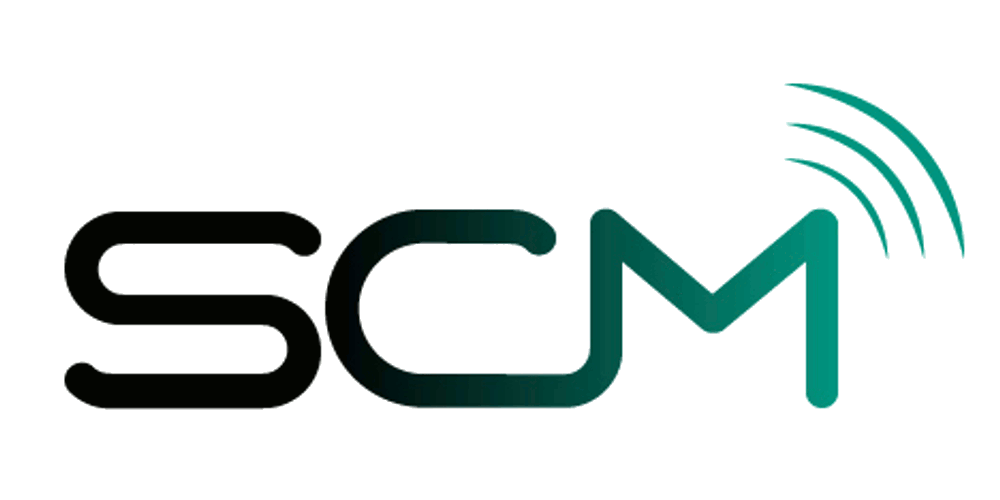Topic
Based on previous research at the chair, a framework was developed in which all our activities can be embedded.
Research framework at the chair
The framework is shown in the following figure.

Figure: Research framework, © Pflaum, 2011
Focal element of the framework are common objects or "things". In the context of applications in production, logistics, and SCM, such things can be vendor parts, intermediate and finished products, product packaging and repackaging, pallets, vehicles in road, maritime and air freight, tools for maintenance of products and machines, production machines and production facilities, buildings, and other infrastructure. With the help of embedded microelectronics, these objects become "smart objects" or cyber-physical systems. CPS are embedded microelectronic systems that use various sensors to recognize the environment, evaluate, store and process data, actively or reactively act on reality, communicate with each other, with the environment and with people via digital networks, and use globally available data and services or offer them. Basic technologies for the realization of such systems comprise radio frequency identification (RFID), near field communication (NFC), classic "data loggers," real-time localization systems, wireless sensor networks and complex telematics modules.
Cyber-physical systems only provide their benefits when specific problems are addressed and implemented by appropriate solutions or information services. Other complementary technologies, such as cloud computing, mobile computing and big data analytics, play a key role here. Over the life cycle of an intelligent object, a wide variety of problems and requirements arise that can be addressed with embedded microelectronics and corresponding application systems. In sum, these solutions ultimately represent the "Internet of Things", which is increasingly being talked about not only in the "Production and Logistics" area.
The identification of relevant problems and the design, implementation and permanent optimization of corresponding solutions or services is at least a great challenge as the development of the underlying cyber-physical systems themselves. This would also describe the research interest of the Chair for Supply Chain Management, already in the first approach. The concrete, current research topics are briefly outlined below.
Research topics of the chair in the "Internet of Things" field
Currently, the chair is concerned with the following research topics:
- Designing CPS-based information systems for logistics and supply chain management - The goal here is to provide scientific support for "requirements engineering" for cyber-physical systems. Existing models are to be adapted and integrated into an overall model. Descriptions for partial models, the overall model itself, relevant design issues for individual views and possible solutions in the sense of a "morphological box" are expected as results.
- Designing a "roadmap" for CPS-based information services for supply chain management - The objective here is to support companies in establishing a strategic framework for dealing with cyber-physical systems. For this purpose, successful and less successful applications are examined in detail. The expected results are success factors and obstacles, reference models for individual applications, cause-effect diagrams and portfolio analyses or company-specific roadmaps
- Refining the already existing design platform for CPS-based information services - The goal here is to simplify the development of information services in the Internet of Things. The development platform NSEB® ("Nuremberg Service Engineering Binocular"), which was created at the chair and the Fraunhofer Institute for Integrated Circuits IIS in Nuremberg, is to be refined and, if possible, partially automated. The expected results cover a basic concept for an automated platform, with integrated, already existing as well as new analysis and design tools.
- Developing customer-centric and hybrid business models embedded in new types of "ecosystems" - The objective here is to support companies in both developing business models and facilitating network effects. Ultimately, this requires an activation and mobilization of a corresponding CPS community for logistics and supply chain management. An ecosystem model for the Internet of Things as well as innovative business models for individual applications are expected as results.
